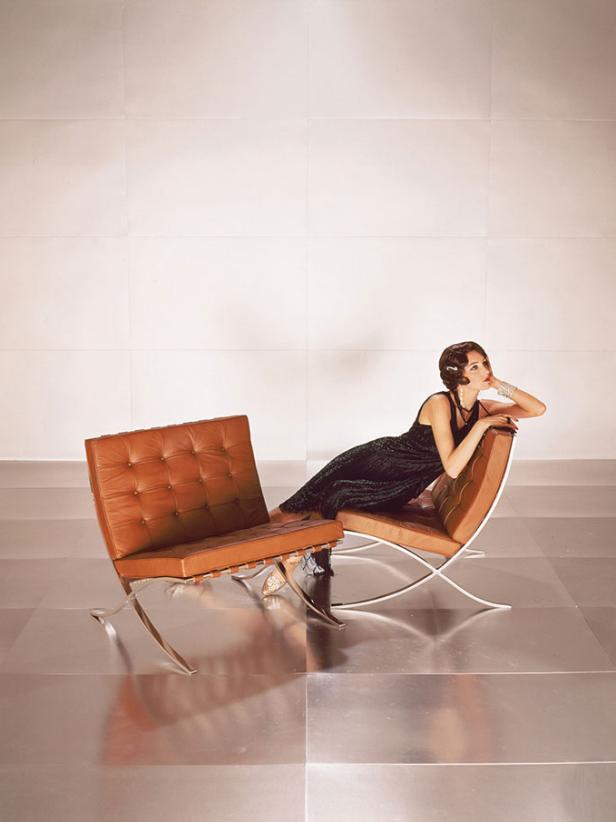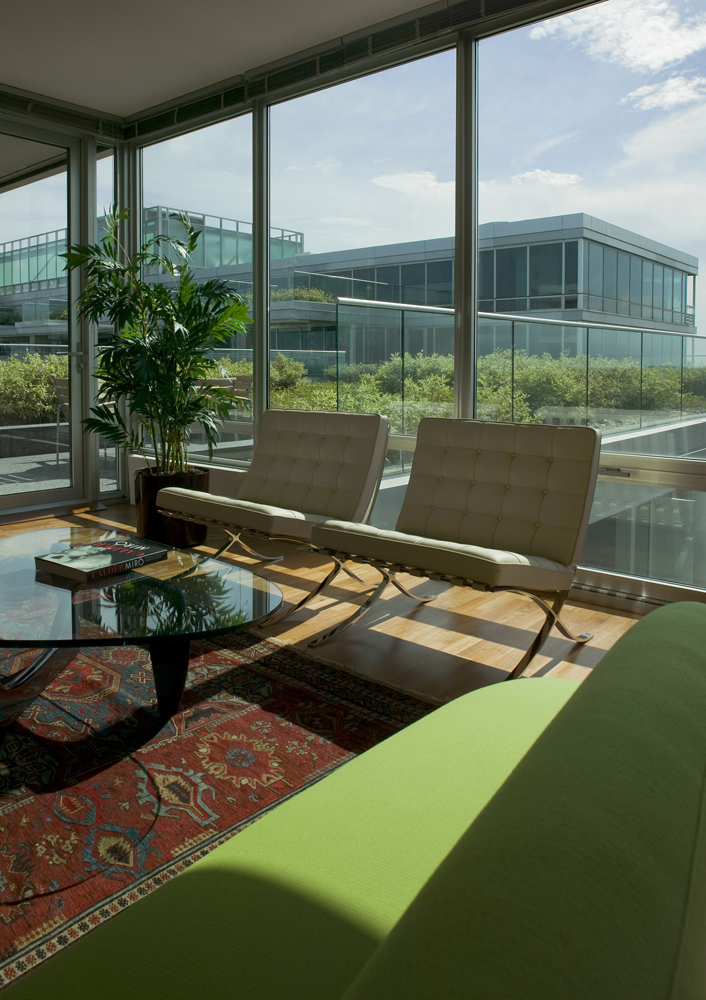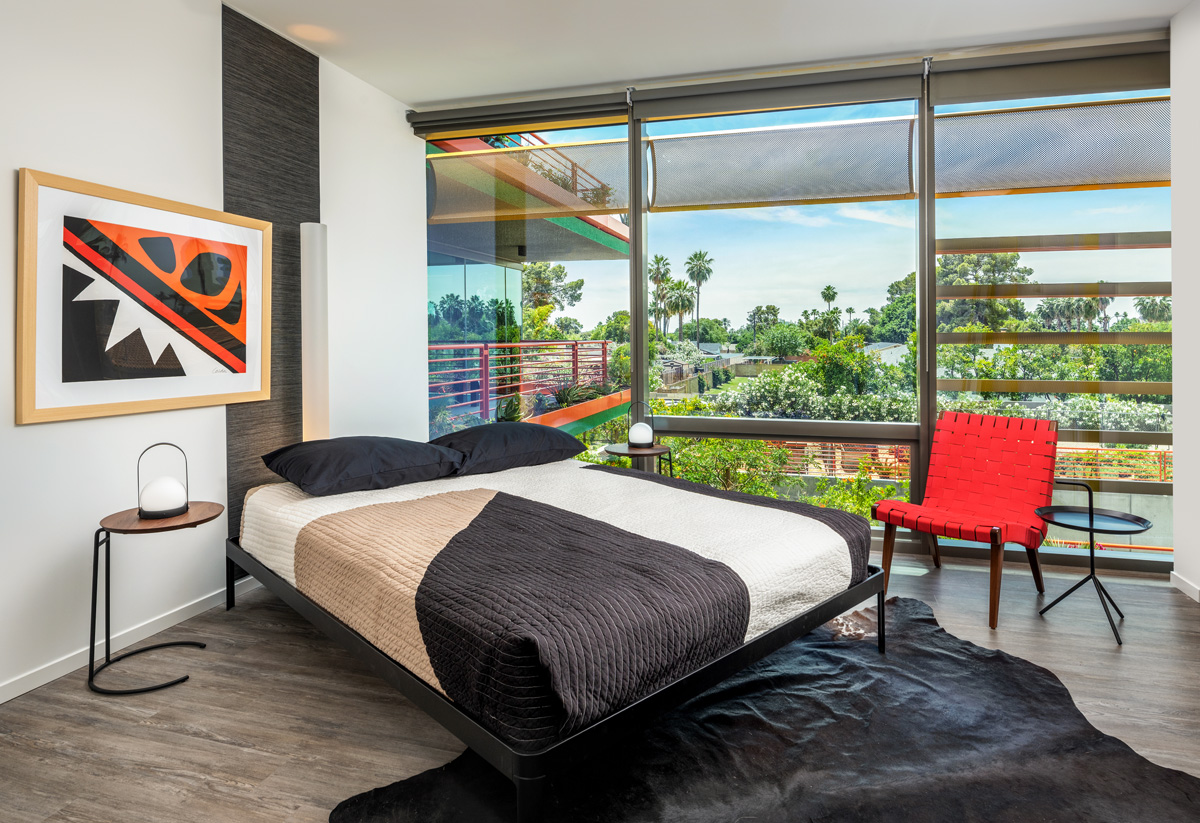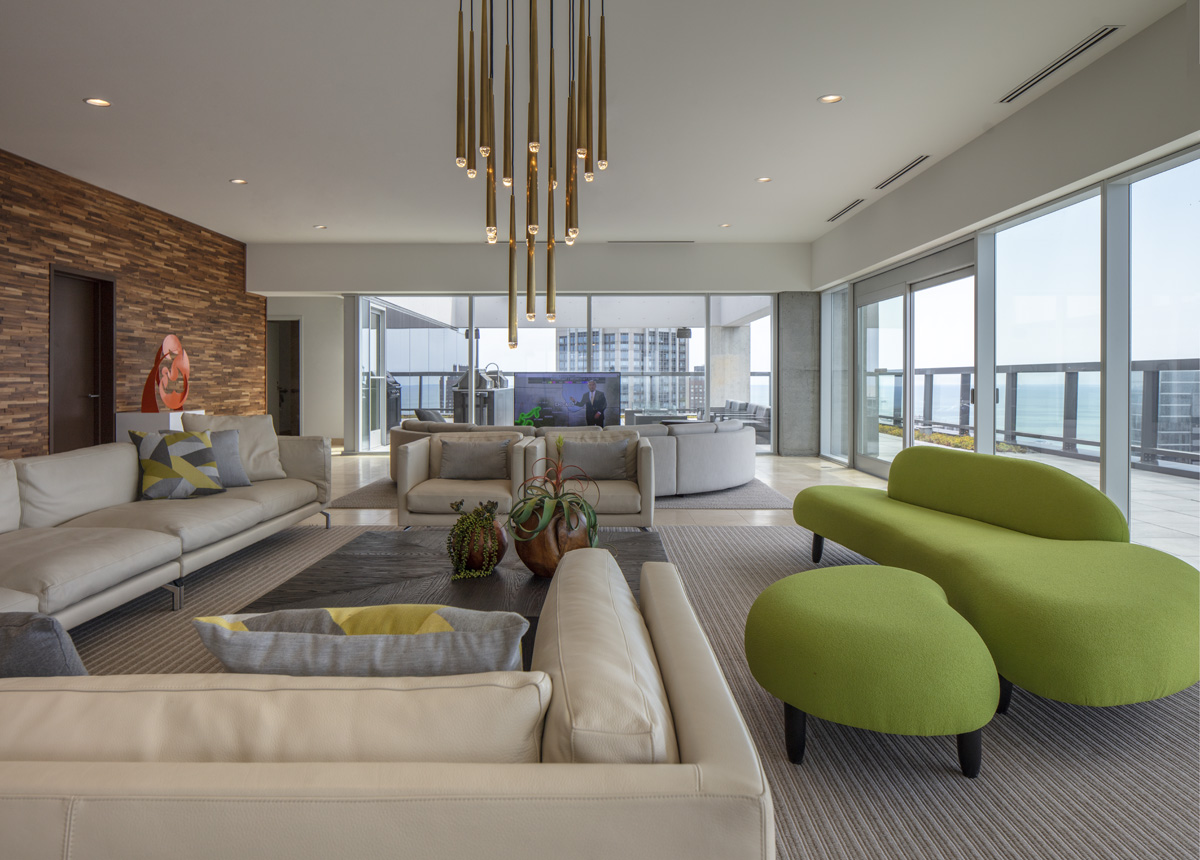As a real estate firm centered on design, we recognize how profound impact a truly special piece of furniture can have within our spaces. On that note, perhaps no other piece of furniture is a more iconic staple of Modernist design than the Barcelona chair.
History of the Barcelona chair
The Barcelona chair is the collaborative brainchild of Modernist master Ludwig Mies van der Rohe and Lilly Reich. Initially designed for the German Pavilion at the International Exposition of 1929 in Barcelona, the chair was intended as seating for Spanish royalty overseeing the opening exhibitions of the ceremony. In this way, the piece was contrary to many Modernist designs of the time, which were most often intended for the “common man.” This particular chair, on the other hand, came to signify a structuralist sophistication coveted by novice and seasoned architects alike for their personal homes and professional projects.

Design of the Barcelona chair
Perhaps what makes the Barcelona chair so striking is its simple elegance, and how directly it expresses the iconic Mies van der Rohe sentiment that “less is more.” A tribute to the marriage of modern design and craftsmanship, what appears a simple fixture is quite complex to construct, with a hand-ground and hand-buffed frame, and upholstery made with 40 individual panels. The chair is now manufactured by Knoll in an almost entirely handcrafted process, with a facsimile of Mies van der Rohe’s signature stamped into the frame. Available in both chrome and stainless steel, the chair’s frame has been redesigned as a single seamless, smooth piece of metal. Upholstered in leather of various shades, the iconic design adapts beautifully to each space.
You can find a Barcelona chair at every one of our communities. Incorporating the iconic piece of furniture into our properties helps us to express our deep appreciation for Modernism and for craftsmanship. For us, it serves as a reminder of the great designers who have created the legacy that enables Modernist design to continue to flourish — and functions as a beautiful piece of furniture to admire and use.





